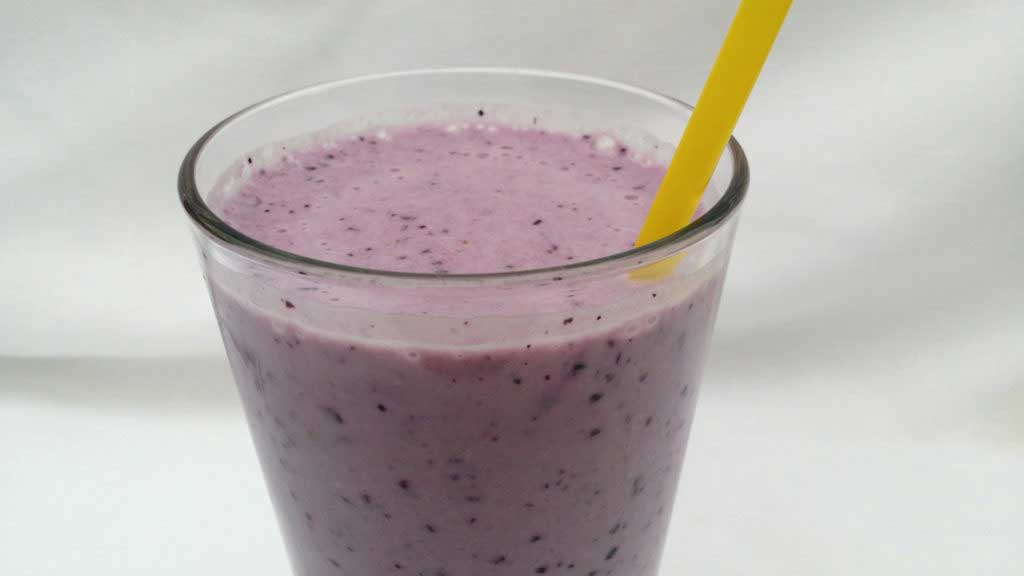Metallic Taste

Metallic taste is a serious eating related chemotherapy side effect. Many, if not most cancer fighters, end up having to endure metallic taste during their cancer treatments. However, it can be combated easily using a basic culinary theory, and a culinary technique.
How To Combat Metallic Taste
Remember in our previous lessons, we learned about the flavors we taste with our tongue? If you haven’t learned about this please read this article: Taste Perception.
Adjust your 5 Flavors
We will use the salty, savory, spicy, sour and sweet seasoning method to combat metallic tastes. This also gives our food a delicious flavor in the process. The key is to remember the flavor preferences that you learned and identified during the At Home Tasting Activity, apply these preferences into your Roundness of Flavor.
Identify the flavors that the cancer fighter preferred and apply them into your cooking naturally. Did they prefer the dish more savory? Did they prefer a little sweetness? Consider these individual flavors as you are cooking to make better tasting dishes.
Remember that Roundness of Flavor also takes the concept Palate Cleansing in to effect and incorporates it into its seasoning method.
Palate Cleansing
The second technique that works exceptionally well at combating metallic taste is palate cleansing. Click on the link below to learn specific palate cleansing techniques and how to apply it in your cooking.
CLICK HERE To Read Applying Palate Cleansing in Your Cooking
Keep a Tasting Journal
Keep a tasting journal and log notes. Track every single food item that is eaten, how they reacted, what tastes, smells, or textures worked; and what taste, smells, and textures didn’t work. This will help you stay ahead of the changing intensity of side effects, like metallic taste. This really is crucial. It gives you a road map to work within and help you to visually identify any patterns that are occurring.